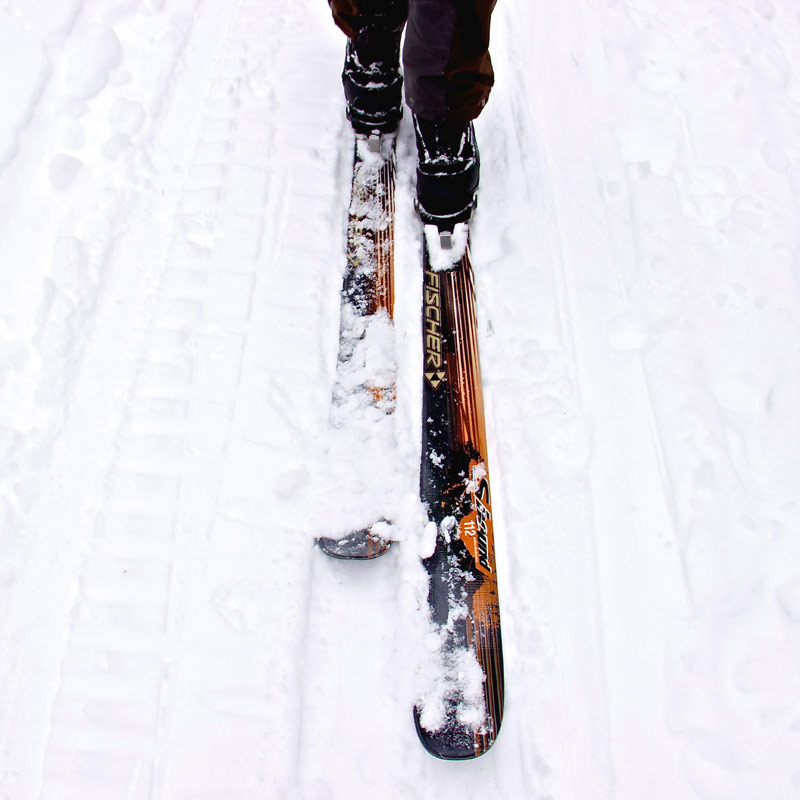Darkness & Light: Contemporary Nordic Photography
An exhibition featuring the wide range of depth and style from artists across the northern European region

by Laura Feinstein
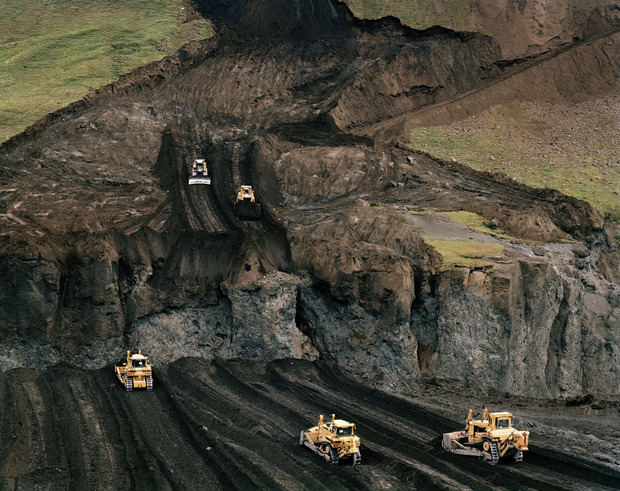
Nordic countries aren’t known for their mild climates. Whether it’s the near-mythic winter darkness of the Scandinavian “polar night,” or the periods of 24-hour light that characterize the Midnight Sun, this is a region of stark contrasts. “Darkness & Light: Contemporary Nordic Photography,” now in its final month at NYC’s Scandinavia House, attempts to celebrate the mysterious effect this bipolarity has had on the region’s art and artists. Curated by some of the region’s most celebrated cultural institutions, this survey presents over 30 recent works by 10 emerging and established photographers from Denmark, Finland, Iceland, Norway and Sweden.

With two artists chosen from each of the Nordic countries (the term Scandinavian only applies to Denmark, Norway and Sweden), the exhibit offers one of this year’s most striking exhibits of contemporary photography from the area. As co-curator, Anna Tellgren of the Moderna Museet in Stockholm recently told us, “The title ‘Darkness & Light’ is a reflection on what people often think they see or expect to see in the works of artists from Scandinavia. You can find the landscape, nature and the scarcity of light in many works, but you can also find a lot of other tendencies and approaches. This collaboration has for all of us been very inspiring and is one of many examples of creative encounters between artist, photographers, curators, critics and scholars in the Nordic countries.”

For this exhibit, pieces that made the final cut include Tonje Bøe Birkeland’s fictional portrait of photographer Luelle Madgalon Lumiére, an adventurous woman out of step with modern life whose solo journey to the remote Orkney Islands feels both timeless and heartbreakingly contemporary. For some of that distinctly dark Scandinavian humor, Tova Mozard creates a cheeky series of tableaus, including two literary-inclined lovers slouching mournfully over the graves of Sartre and Simone de Beauvoir, as well as a melancholy psychological drama starring her mother, grandmother and a therapist. Some of the most dramatic images in the show, however, belong to Joakim Eskildsen, whose exploration of poverty in America—shot in New York, California, Louisiana, South Dakota and Georgia—comes from a distinctly Scandinavian perspective.
We met with María Karen Sigurðardóttir, Museum Director of the Reykjavik Museum of Photography to discuss how such an ambitious project was put together.
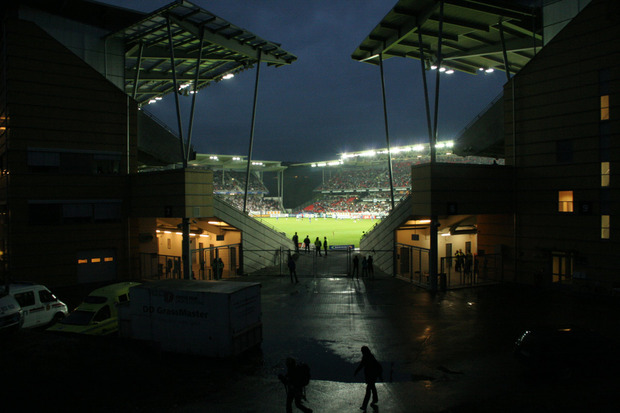
How do you think the availability of light in the Nordic countries—or the scarcity of it—has shaped modern photography in the region?
Well, there is no scarcity of light here in Iceland from March to October, and in the summer we have almost no darkness; just endless light. But your surroundings shape you of course, and the darkness of the winter must influence people of the north—perhaps in a good way; it helps stimulate the imagination.
How did you decide which artists to include in the show? What set their work apart from their contemporaries?
For my part, it was not an easy task, there are so many good artists here in Iceland. But I tried to find pieces that were, in a way, distinctly Icelandic and had an Icelandic atmosphere, but at the same time addressed the rest of the world; something that was both Icelandic and universal.
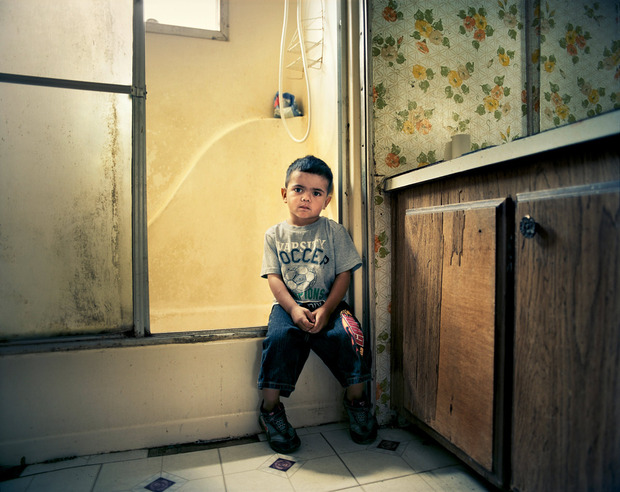
To generalize nations and art we simplify both the life and the arts.
What do you think is currently the most misunderstood aspect of Nordic art? What would you like visitors to learn from experiencing the show?
We all tend to put art into boxes, and the same goes for nations. We generalize the character of countries and their artists. Art that comes from Iceland “must,” for example, be full of nature, darkness and wild characters. To generalize nations and art we simplify both the life and the arts. You can of course say—and in a way rightly so—that nature and melancholy characterizes Scandinavian art. But the Scandinavian artist is much more than that. The works of Pétur Thomsen have, for example, great power and a strange mixture of realism and beauty. The works of Bára have certainly an aura of sadness, but also haunting beauty and poetic dreams. What to learn from the show? That Scandinavian art certainly has something very special in its character, but it’s also very universal and human.
There was also a recent symposium held surrounding the show. What was discussed?
There was a talk about nature, both inner and outer landscapes, as well as urban-landscapes. There was a lot of talk about family history, the search for your self; and if the melancholy is, as in Nordic literature, a common theme in Nordic photography. There was some variance in the answers. The younger artists seemed to look at themselves as a more universal individual than older Scandinavians, more focused of their own story than that of the society.
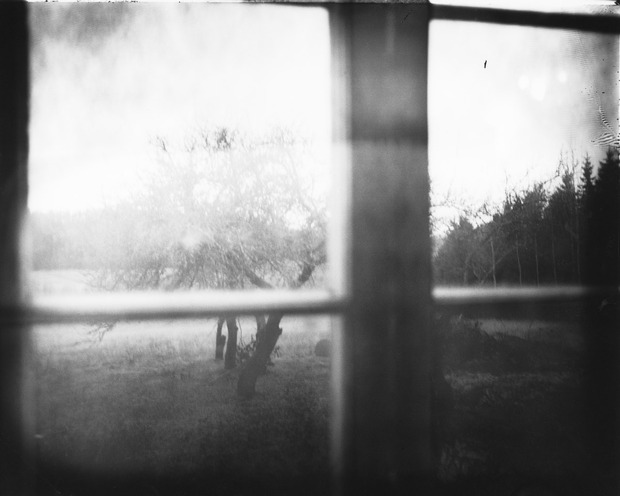
The Nordic countries are known for both their enduring legacy of traditional folklore and modern design. Are there any ways in which the two have come to intersect here, the fantastical and the practical?
Yes, I think so, mainly because there are almost no borders in art any more. Artists are not afraid to mix disparate things together. Pétur Thomsen used both traditional colors and very bright ones; Bára uses the ideas behind iconic still life Dutch paintings in her modern works. It’s a good thing; it´s always possible to gain new ground in art if you are not afraid to play with the opposites, the contradictions.
The market can be conservative and impatient with little tolerance toward seeking art, especially art without mass-culture appeal.
In Nordic countries the government and cultural institutions take a much stronger and supportive role in the arts than in the US. How do you think this has shaped modern art?
It has definitely shaped modern art, and in a very good and stimulating way. There are not many artists who can live only by their work, and that goes for all over the world, but especially in not-so-crowded countries in the Nordic sphere. Some acknowledged artists have good incomes and can therefore focus on their works without big financial worries, but if you want to have a fruitful art scene you have to support it. If artists don’t have to worry too in-depth about their finances, they are more likely to take chances in their creation. The market can be conservative and impatient with little tolerance toward seeking art, especially art without mass-culture appeal. Support guarantees us diversity, better arts and therefore a better society.
“Darkness & Light: Contemporary Nordic Photography ” is on show at NYC’s Scandinavia House now through 26 April.
Images courtesy of the respective artist

